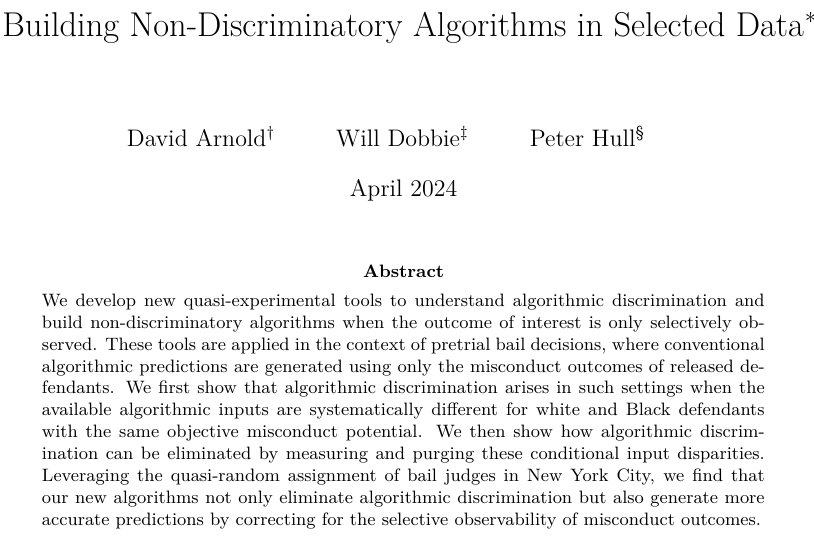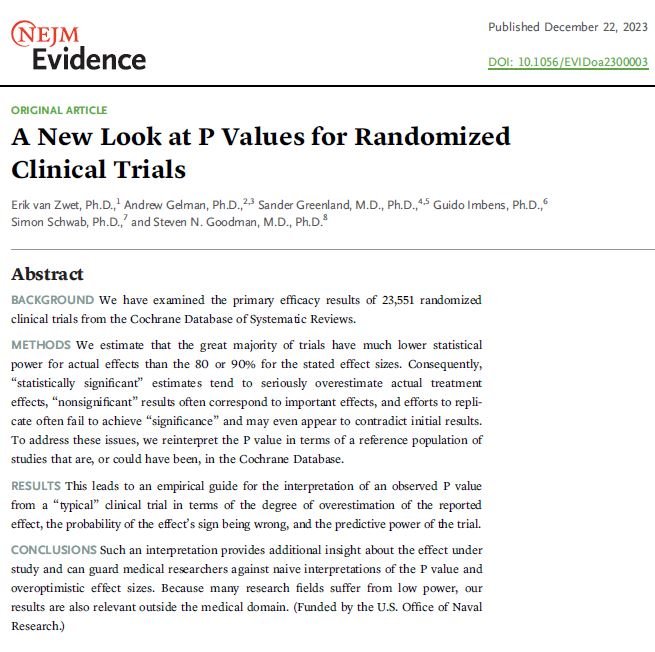Sublime
An inspiration engine for ideas
Research
Aveline Estioko • 1 card

Predictive algorithms are everywhere these days, as are concerns that they embed & perpetuate discrimination
In a new (short!) working paper with David Arnold & Will Dobbie, we develop + apply new quasi-experimental tools to address these... See more
research
Keira McManus • 1 card
Learning
In the idealized model, the portfolio manager has an accurate probability distribution on the future performance of each asset in the universe of potential investments. Kelly’s methodology then provides a quantitative specification of how big a position to take in each of the candidate assets. Not surprisingly, the fraction of one’s portfolio to be
... See moreAllen C. Benello • Concentrated Investing: Strategies of the World's Greatest Concentrated Value Investors
the tradeoff for working with a manageable sample requires that we account for sample error.
Jim Frost • Hypothesis Testing: An Intuitive Guide for Making Data Driven Decisions

Don't like p-values? We're presenting a completely new interpretation in the context of clinical trials. With Andrew Gelman, Sander Greenland, @guido_imbens Simon Schwab and Steve Goodman. @Lester_Domes @goodmanmetrics @NEJMEvidence
https://t.co/iIu46aY3mZ https://t.co/wkC2969j5q
First, we need to know what the goal of the hypothesis is – what quantitative metric will it optimize?
Roman Zykov • Roman's Data Science: How to monetize your data
The assumption of independence means that cases in our data should be independent of one another,